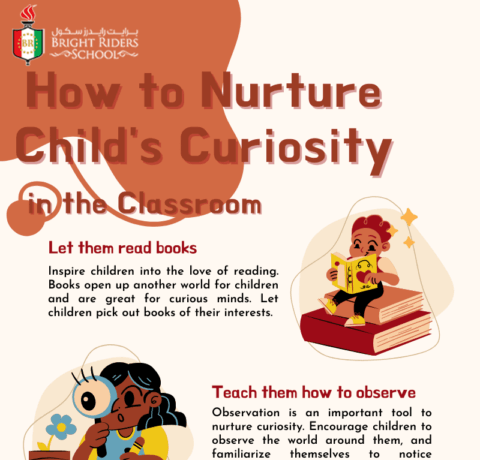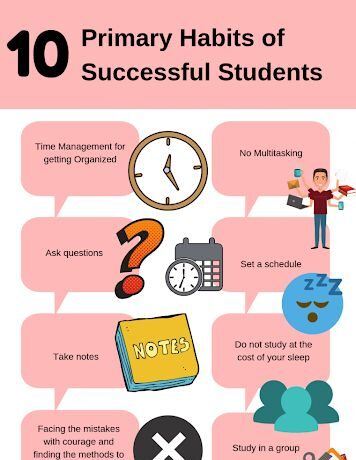The Importance of STEM in K12 Education Infographic
STEM needs to be a possibility for all K12 students. The Importance of STEM in K12 Education Infographic highlights the importance of STEM in K12 education, suggests methods to integrate STEM education into K12 curriculum and presents some interesting statistics on STEM education in the US.
Why is STEM Important in K12 Education?
- The STEM unemployment rate in the US is 4.1%, compared with 8.9% overall.
- There are 13,000,000 unemployed workers in the US, yet 600,000 unfilled jobs due to too many candidates who lack the proper education for the jobs.
- Between now and 2020, job growth prospects for STEM jobs are predicted to grow at a substantially higher rate than other jobs.
- Stem is the key to the future success and leadership of the U.S.
U.S. Rank in STEM Proficiency among Developing Countries
U.S ranks:
- 6th in innovation-based competitiveness
- 11th in young adults who have graduated from high school
- 15th in science literacy among top students
- 28th in mathematics literacy among top students
Current state of STEM in K12 Education
- 75% of U.S. 8th graders are not proficient in mathematics when they finish the 8th grade
- 38% say STEM is too challenging
- 34% say they don’t know much about STEM
- 28% said they are not well-prepared for further STEM education
Effective methods to Integrate STEM into K12 Curriculum
- Model Eliciting Activities (MEA’s -): They are model eliciting, open-ended, generalizable, realistic, self-assessable
- Project Based Learning (learning by doing): It includes reflection, research, discovery, application, and communication
- Hands on learning
- Cooperative learning
- Discussion and inquiry
- Question and conjecture
- Justification of thinking
- Writing for reflection and problem solving
- Use a problem solving approach
- Integrate technology
- Teach as a facilitator
- Use assessment as part of instruction
You can also view the The Importance of STEM in K12 Education Video.







You can adjust your cookie preferences here.